This article was published in the 185th issue of The Universe Space Tech magazine. It was written by Anna Berezkina, a researcher at the National Antarctic Research Center of Ukraine.
Tardigrades were the first living organisms known to survive in outer space. They overcame the short-term effects of extremely low temperatures, cosmic radiation, and almost absolute vacuum. So, they are able to survive in super-extreme conditions. However, these “water bears” are not the only “extremes” that can survive in adverse conditions and even conquer outer space. Let’s find out who else can potentially survive the end of the world.
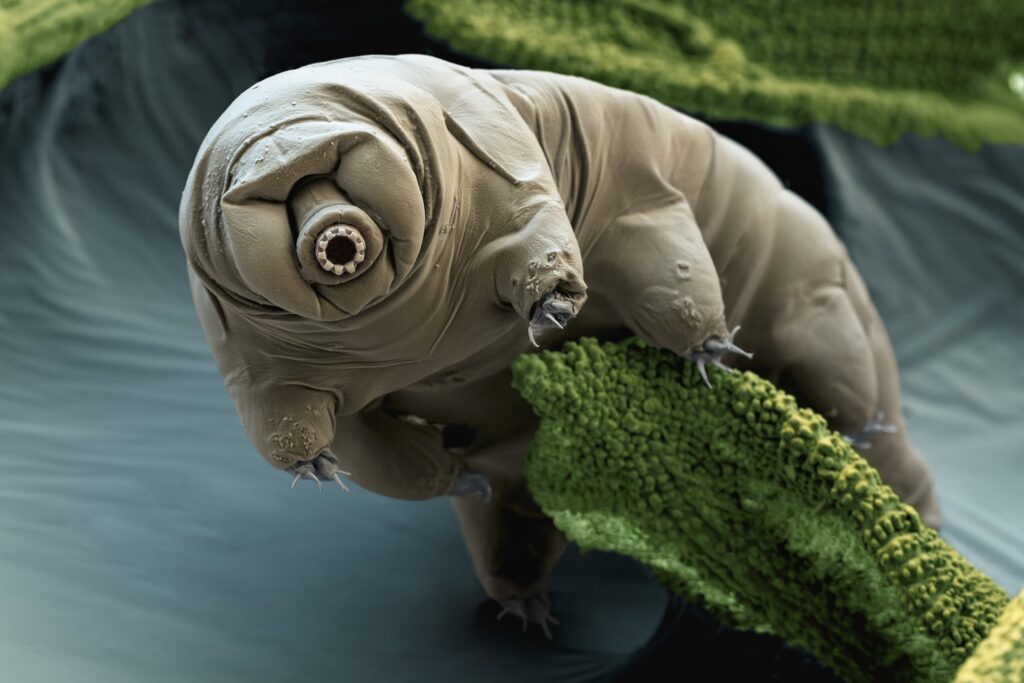
A Tardigrade
It is well known that our planet has experienced periods of heating and cooling throughout its existence. This is a natural process, and it is cyclical. Of course, with the development of industrialization, the Earth’s warming process is accelerating due to the human factor (emissions of greenhouse gases, soot etc.) Periods of abrupt climate change are characterized by mass extinctions of species on the planet. One of the best-studied is the extinction at the turn of the Cretaceous and Paleogene periods, approximately 66 million years ago. At that time, the dinosaurs disappeared, making room and providing a lucky opportunity for mammals and birds to diversify and evolve rapidly. Consequently, birds and mammals occupied the vacated ecological niches and proved to be more adaptable to cataclysms. One of the reasons for this success was their smaller size and the need for less food compared to dinosaurs.
There are still amazing representatives of flora, fauna and the world of microorganisms on our planet that can survive super-extreme conditions that seem incompatible with life. For example, among the “extremes” are invertebrates such as tardigrades, rotifers, nematodes (roundworms), and even some species of insects and crustaceans!
Tardigrades are small barrel-shaped invertebrates with four pairs of legs. Their size is 0.3-0.5 mm, the largest specimens reach 1.2 mm. They were first described by the German zoologist Johann August Ephraim Göse in 1773 and named kleiner Wasserbär, which means “little water bear”. Another popular name for them is “moss pigs”. These animals are characterized by the ability to undergo anhydrobiosis, a condition associated with a complete cessation of life processes in response to extreme dehydration. In this state, the species of tardigrades Ramazzottius varieornatus can withstand temperatures from -196°C to 90°C (some scientists report a wider temperature range – from -273°C to almost 100°C), as well as toxic 99.8% acetonitrile and helium ion irradiation at a dose of 4000 Gy (10-12 Gy is fatal for humans).
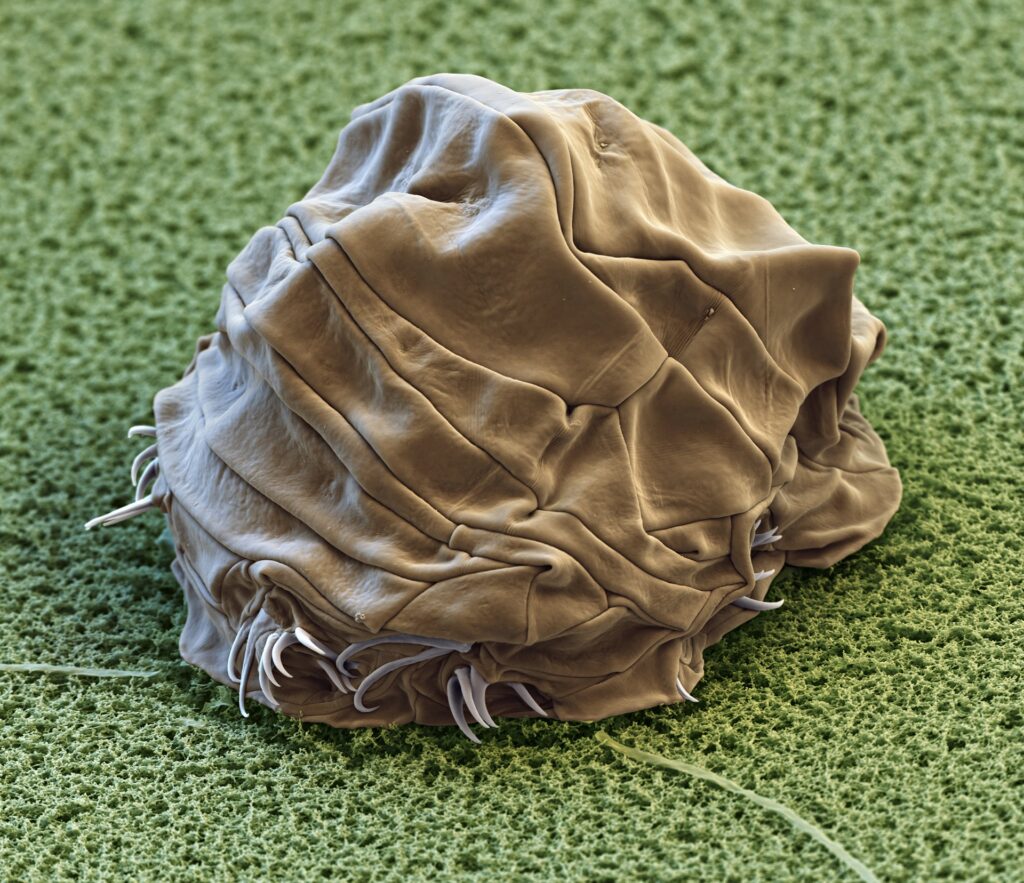
The literature also mentions such superpowers of tardigrades as the ability to withstand temperatures from 151°C to 273°C, the effects of organic solvents (alcohol), and a pressure of 6000 atmospheres. However, other scientists cite a figure that is more than 10 times higher, namely, that the tardigrades can survive after exposure to high pressure of 7.5 GPa for 12 hours!
The species of tardigrades Richtersius coronifer, which lives in moss, is able to survive for several weeks in simulated space vacuum conditions. For several years, can tardigrades stay in a dried state without losing their viability, and their young hatch from eggs after 9 years in this state. There are reports of scientists on the survival of an Antarctic tardigrade Acutuncus antarcticus after being frozen for 30.5 years at -20°C. Indeed, amazing animals with an irresistible thirst for life!
The experiment with the tardigrades was carried out on the Biopan-6 platform provided by the European Space Agency during the FOTON-M3 mission in September 2007. During ten days in low Earth orbit (258-281 km above sea level), dried adults of the species Richtersius coronifer and Milnesium tardigradum were exposed to space vacuum and two UV radiation bands – 280-400 nm and 116.5-400 nm. All samples were also exposed to ionizing solar and galactic cosmic radiation. Both types of tardigrade survived the effects of the space vacuum very well! However, solar radiation had a strong negative impact on survival. Thus, after the samples were returned to Earth, 68% of M. tardigradum animals were reanimated within 30 minutes.
It is known that one of the key mechanisms of protection of the tardigrade from X-rays is the synthesis of unique proteins (Dsup protein) that protect DNA from damage.
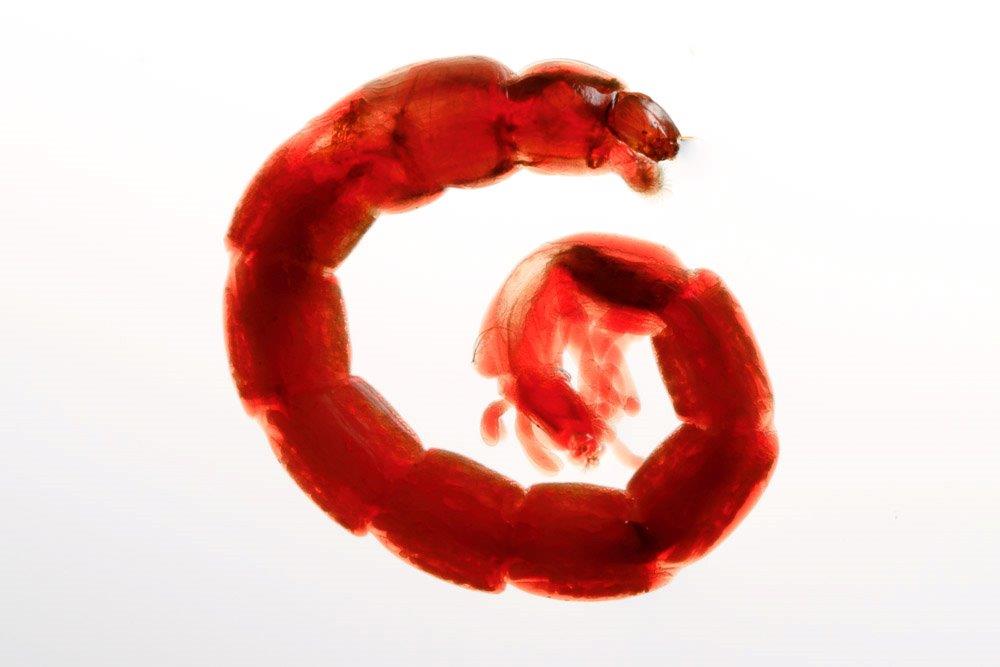
Another interesting example of animal resistance is the larvae of the Polypedilum vanderplanki mosquito. They are able to withstand a wide range of temperatures – from -270°C to 106°C, immersion in pure ethanol, very high doses of gamma radiation up to 7000 Gy, and vacuum. When the larvae dry out, the synthesis of trehalose is induced, which replaces water in the body, and thus the animal is able to survive extreme drought, as if “preserved.”
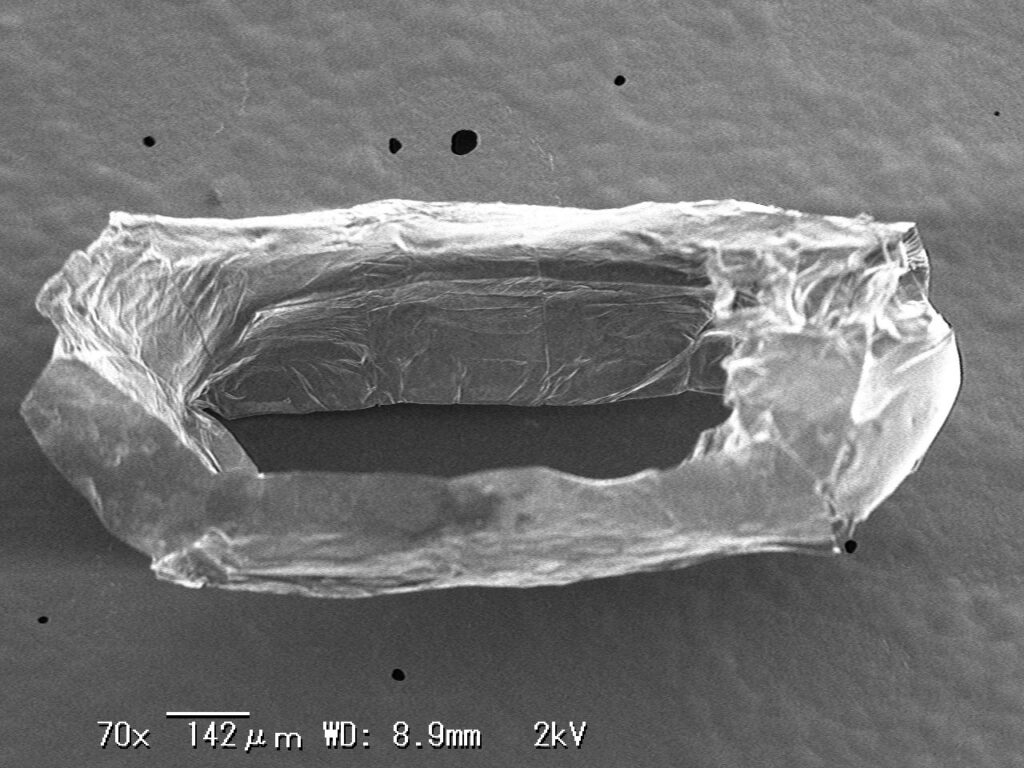
One more animal that can tolerate radiation is the incubated eggs of the Mediterranean crustacean Artemia salina and the North American Artemia franciscana. Iwasaki (1964) reported the resistance of those crustaceans’ cysts to a radiation dose of 5 kGy! The cysts also contained the disaccharide trehalose at about 15% of dry weight, which probably plays a large role in radiation resistance. Due to their ability to tolerate extreme desiccation (including vacuum), ionizing and UV radiation, crayfish cysts have also been the subject of space research, where they have shown a high degree of viability after exposure to vacuum and space radiation.
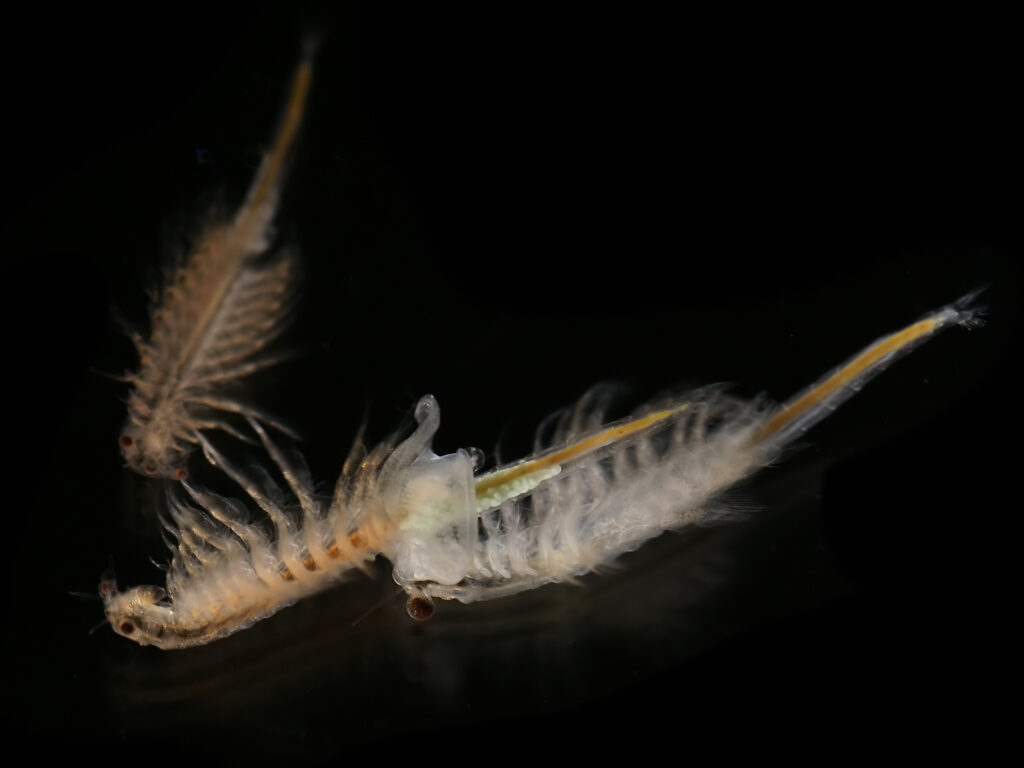
Some studies have shown high resistance of nematodes (roundworms) to ionizing radiation. For example, the nematode Meloidogyne javanica in the dried state perfectly withstands irradiation with radioactive cobalt in a dose of up to 4 kGy, and the nematode of potato roots Ditylenchus destructor – up to 2 kGy.
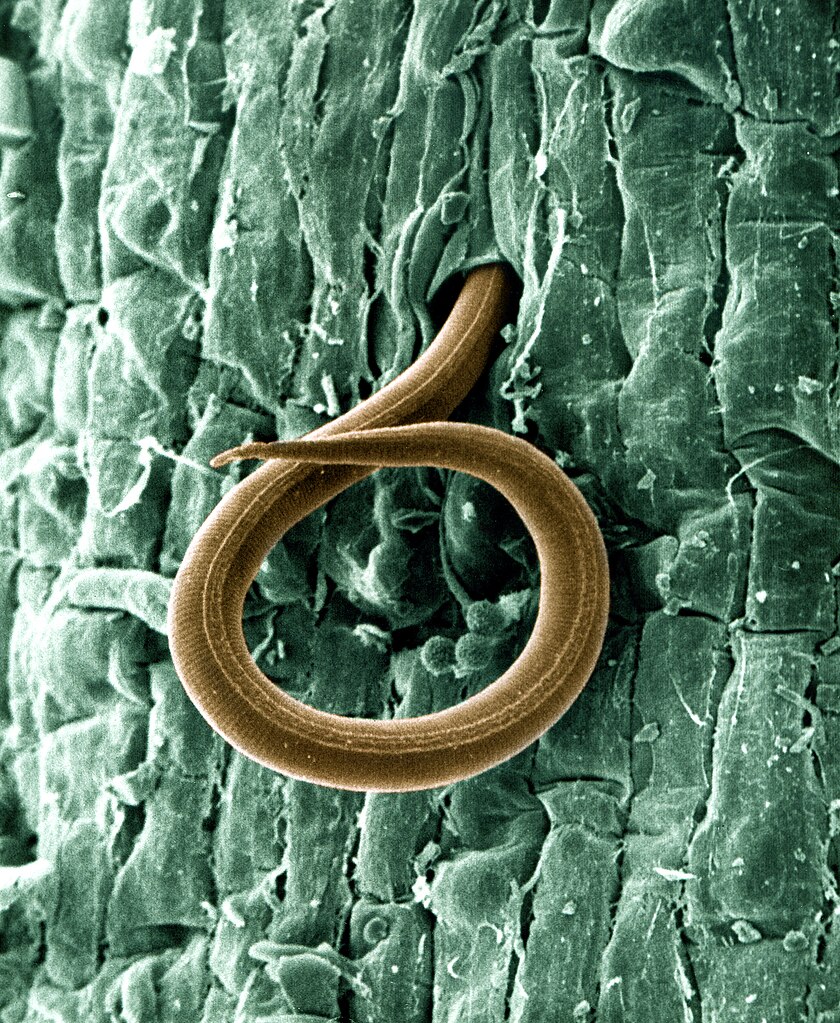
No less interesting are the rotifer animals, which are also resistant to desiccation and ionizing radiation. Their “resuscitation” after continuous drying for 9 years at room temperature is known! There are data from 2002 on the survival of Macrotrachela quadricornifera after their exposure for 20 hours at an altitude of 40 km on stratospheric balloons. Some specimens survived exposure to cosmic radiation (rays 2.2 Sv/h; neutrons 4.24 Sv/h, heavy ions 2 Sv/h), low pressure (600 Pa) and temperatures from 30°C to 45°C.
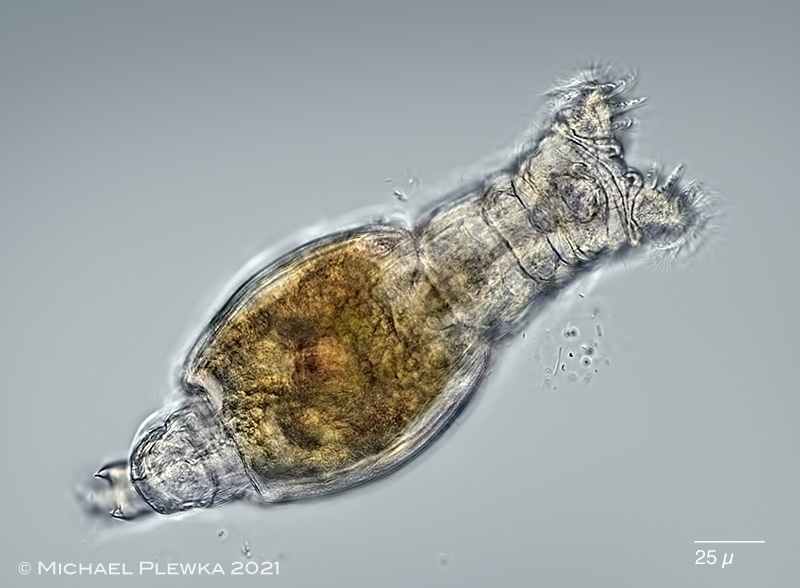
One of the most incredible reports of 2021 is the “resuscitation” of a rotifer from the permafrost of northeastern Siberia. The specimen has been dated using radiocarbon and molecular genetic analyses, and the animal is approximately 24,000 years old. This is the longest recorded case of rotifers surviving in a frozen state. The ancient animal belongs to the genus Adineta and is genetically close to the modern rotifer Adineta vaga from Belgium. The rotifer has not only come to life, but also reproduces perfectly by parthenogenesis.
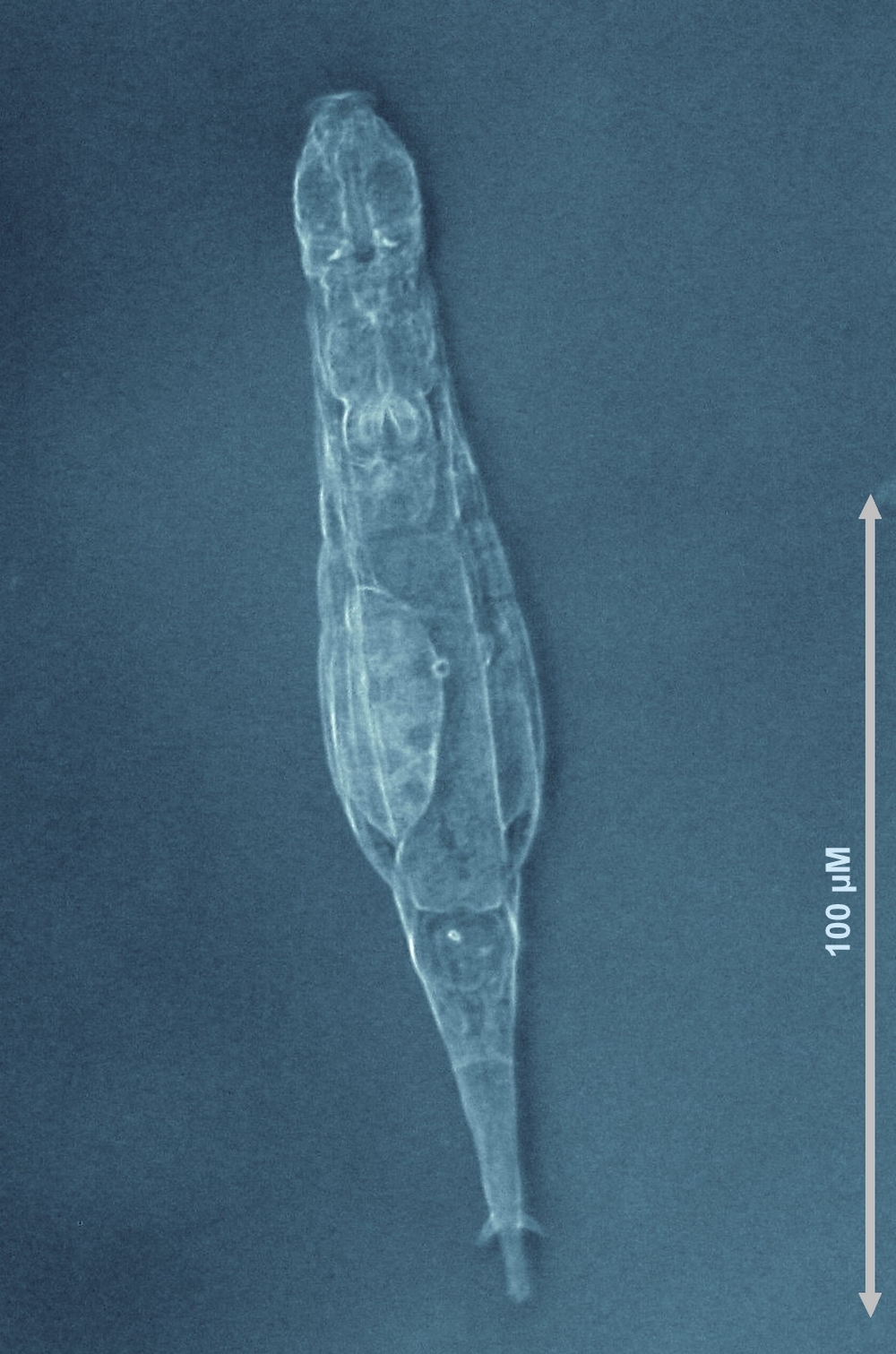
So, all of these animals (tardigrade, rotifers, nematodes, mosquitoes, crustaceans) have been studied not only on Earth but also in space. Their ability to adapt to extremely harsh and very extreme living conditions may be the key to their use by humanity for the benefit of future generations, namely in space exploration!

